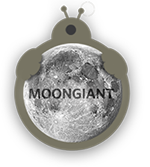
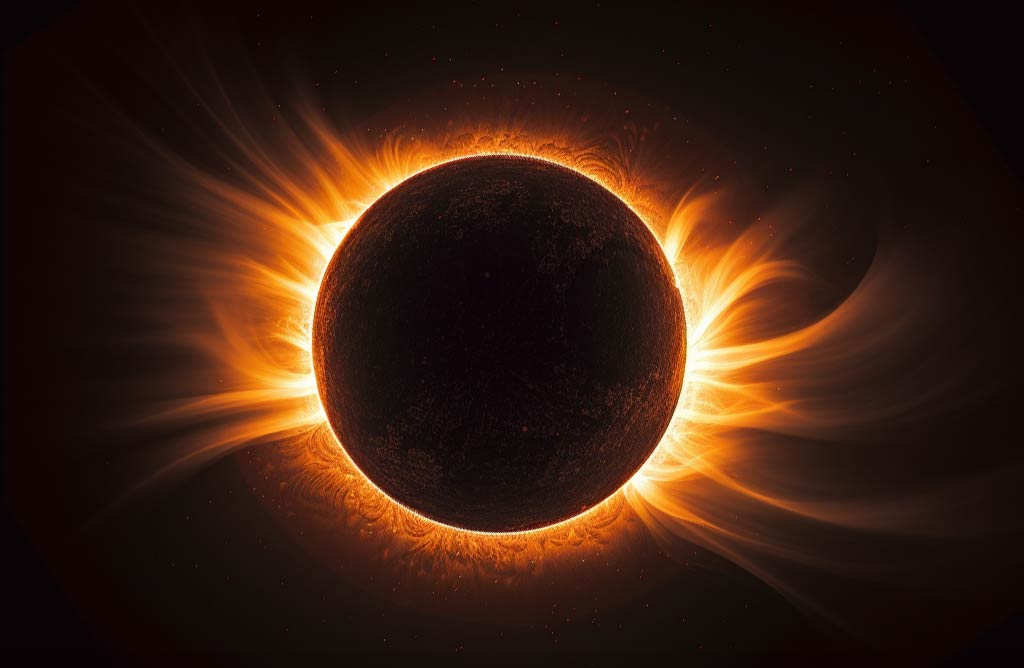
Solar Eclipse Calendar and Quick Reference Guide
Witnessing a solar eclipse can truly be a once-in-a-lifetime event, an astronomical phenomenon that leaves an indelible mark on the hearts and minds of those fortunate enough to experience it. For many, the rarity and majesty of a solar eclipse are compelling enough to inspire a trip of great distances to stand in the path of totality and bask in the moments of celestial alignment. To help you track and view these upcoming events, we've created this Solar Eclipse Calendar and Quick Reference Guide. This guide lists the dates, types (partial, annular, or total), and general visibility regions of upcoming solar eclipses. Remember to alway use proper safety methods when observing solar eclipse events.
Remember that a solar eclipse is almost always accompanied by a lunar eclipse.
2024 Solar Eclipses
2024 has two solar eclipses with the first on April 8th. This event will be the last chance to see a full total eclipse in the United States and Mexico for many years to come. The path of totality runs a straight line from Texas to Maine. If you live in the eclipse path you are in for a rear event and if not, it may be a good time for a road trip. Make sure to refer to Nasa's Total Solar Eclipse Map of the US showing detailed path and times for this must see event. For more information and a useful countdown clock to this event visit the Great American Eclipse website.
Visible in parts of Mexico, United States, and Canada. Also over parts of Pacific and Atlantic open ocean.


Parts of South America, Southern North America, Antarctica and over the Pacific Ocean.

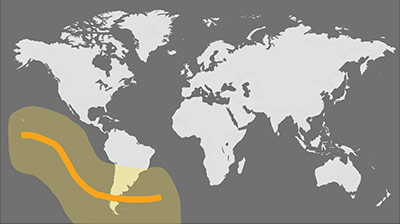
2025 Solar Eclipses
The best event in 2025 is a partial eclipse on March 29th that will be visible in a good part of Europe. While not quite as exciting as a total eclipse this one will darken a good portion of the sun and is worth going outside to see. A good reference for exact locations and times can be found on Wikipedia.
Seen in Europe, Northern Asia, Northwest Africa and parts of Northern South America. Widely seen over the artic circle.

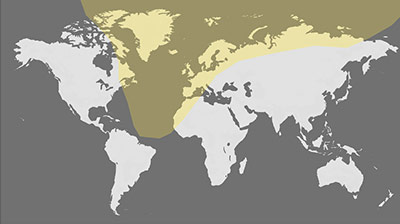
Visible in the Southern Hemisphere over New Zealand and Antarctica, Over the open waters of the Southern Pacific and Atlantic Oceans.

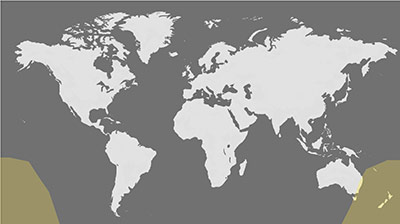
2026 Solar Eclipse
The first solar eclipse early in the year is mostly over the ocean waters surrounding Antartica. The second on Augsut 12th is a Total Eclipse that will pass over Greenland and end in Spain. So if you've been thinking about a trip to this wonderful country you would get th eadded bonus of a total eclipse. Make sure to check the exact time and location of this eclipse before any trip planing.
Seen only in the Southern Hemisphere over Antarctica and the furthest southern parts of South America and Africa.

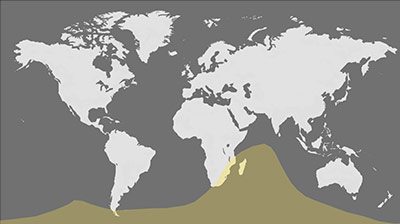
Visible in Europe, Northern Asia, Northwest Africa and parts of Northern South America. Widely seen over the Artic Circle.

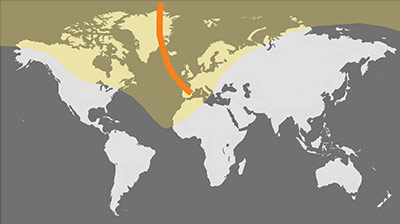
2027 Solar Eclipses
This year has 2 fairly good Solar Eclipses. The first is an Annular eclipse seen in the parts of South American. Spain gets lucky and see's another total eclipse for the second year in a row on August 2nd, 2027. This total ecplise also tracks across Northern Africa into parts of the Middle East.
Seen across large parts of Africa, South America, antarctica and the Pacific and Atlantic oceans.

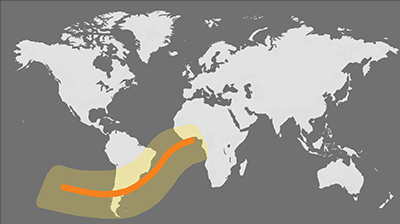
Visible in Europe, Southwestern Asia, Africa and Eastern North America. Also seen in parts of the Indian and Atlantic oceans.


2028 Solar Eclipses
The first 2028 event is visible in Northern South America and the second is a spectacular total eclpse that run right theough the middle of Australia. If you have never been to Austraila or seen a Total Eclpise this is a once in a lifetime chance.
Visible in parts of Europe, Africa, North and South America. Seen over a mall part of the Pacific ocean and a large portion of the Atlantic.

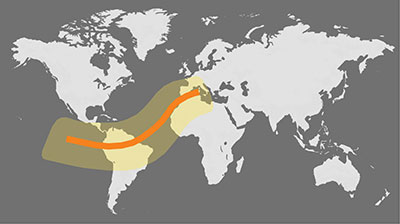
The direct path of the total eclipse can be seen in a large part of Australia and into the Indian and Pacific Oceans.

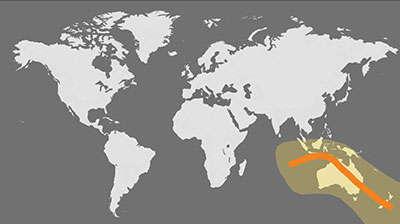
2029 Solar Eclipses
2029 is truly an odd year with 4 Solar Eclipse events. This rare even, much like a blue moon, only happens every few decades. Unfortunaly most of the Eclipses are very short events over open ocean or in low population area like the north or south pole. The very first event is the most exciting with a partial eclipse of North America. In this event the moon will darken a large portion of the sun casting an erry shadow.
Widely seen in North America and parts of the Pacific and Atlantic oceans

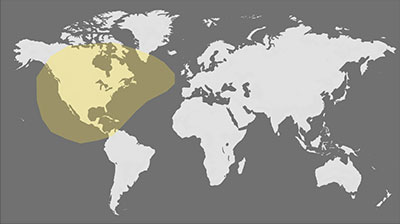
Visible in most of Europe and parts of Asia, North America and the Artic

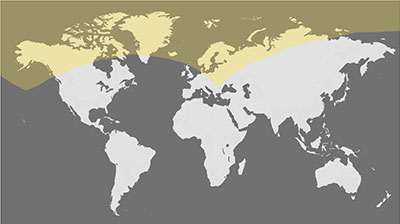
Viewable in only the furthest southern tip of South America and the surrounding Atlantic and Pacific oceans

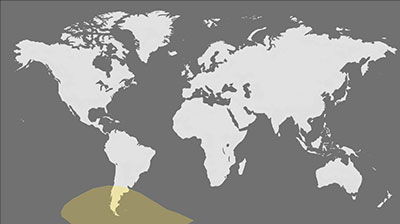
Over the southen Atlantic and Indian oceans as well as Antarctica. Seen in the very southern tip of South America

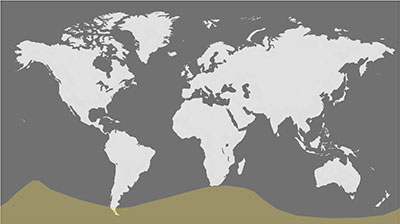
More about solar eclipses
Solar eclipses are intriguing events with a few key characteristics that make them especially interesting. They always take place during a new moon, when the moon is situated directly between the Earth and the Sun. Typically, there are two solar eclipses each year, but their visibility is restricted to specific areas on Earth, making them seem more rare than they actually are. In addition, a lunar eclipse, where the Earth comes between the Sun and the Moon, often occurs within the same lunar month as a solar eclipse. This results in a pair of eclipses that provide a unique opportunity to observe the complex interactions between the Earth, Moon, and Sun.
The 3 types of solar eclipses
A total solar eclipse is a phenomenal event in which the moon completely covers the sun, casting a shadow on Earth and turning day into night for a brief period. This can only occur during a new moon, when the moon is directly between the sun and Earth. The alignment is so precise that the sun's light is entirely blocked, revealing the sun's outer atmosphere, or corona. Total solar eclipses are visible from a very narrow path on Earth, and for those within this path, the experience can be awe-inspiring.
An annular solar eclipse happens when the moon is too far away from Earth to completely cover the sun. This results in a ring of sunlight being visible around the moon's silhouette. During an annular eclipse, the moon, Earth, and sun are still aligned, but the apparent size of the moon is smaller than that of the sun, creating what is often referred to as a "ring of fire." Like total eclipses, annular eclipses are only visible from specific regions on Earth.
A partial solar eclipse occurs when the moon, Earth, and sun are not perfectly aligned, causing only a portion of the sun to be obscured by the moon. This type of eclipse is more common and can be observed from a larger area compared to total and annular eclipses. However, even though partial solar eclipses are more frequent, proper eye protection is still necessary to safely view this celestial event, as looking directly at the sun can cause permanent eye damage.